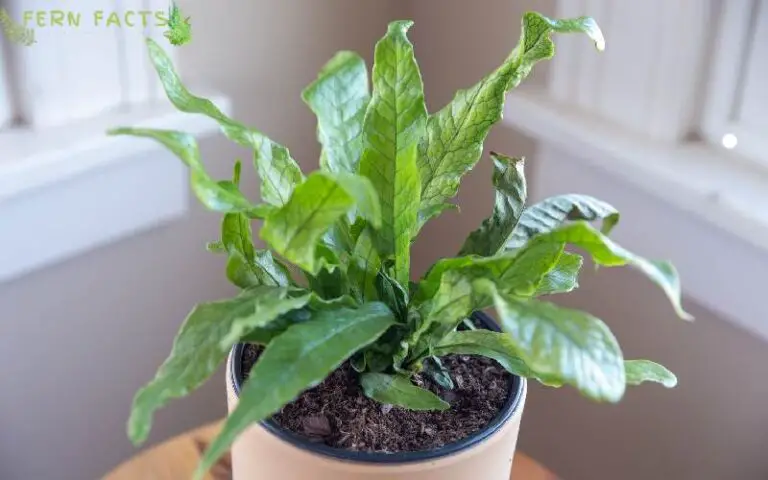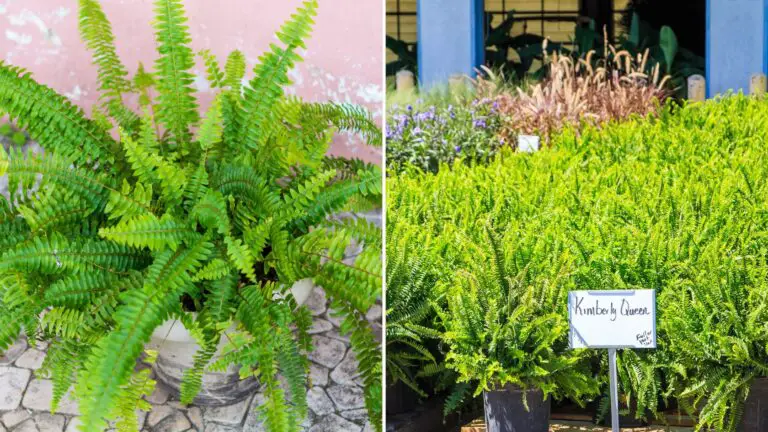Diplazium Proliferum Fern
Have you heard about Diplazium Proliferum Fern? Well, these ferns are mostly tropical evergreen ferns that love wet conditions.
So if you want to have ferns for your poolside decoration you can have these ferns. You can also plant these ferns near any fountains, poolside, or riverside by recreating the wild nature around you.
If you want to know more about this fern, then read this article rigorously. Here I’ll be discussing the overall idea about these Diplazium Proliferum ferns along with their growing condition.
Additionally, I’ll also give you guidelines to propagate these ferns so that you can create a diverse colony from these ferns. Thus, go into details.
Overview of Diplazium Proliferum
- Botanical name: Diplazium Proliferum
- Plants: evergreen plant
- Native range: Africa, Madagascar, Andaman, etc.
- Native habitats: tropical and subtropical areas, wet tropical biome
- Shade requirements: partial to full
- Height: around 1 meter
- Hardiness zone: 9,10,11
- Tolerance: slightly frost
Diplazium Proliferum ferns are tropical evergreen ferns that are mostly native to Africa. In Africa, these ferns are also seen in Madagascar, Andaman, Borneo, Fiji, Ghana etc.
Lately, these ferns have also been introduced in marquees and Taiwan countries as well. Usually, these ferns prefer to grow in wet climate areas under low altitudes like rainforests.
These Diplazium Proliferum ferns tolerate slight frost as long as their soil is wet and moist.
These ferns can be grown around 1m in height. Mostly, these ferns are cultivated in the wild for local uses like food purposes.
These ferns also have value as ornamental plants that’s why their demand goes higher for harvesting.
Diplazium Proliferum has many uses if you want to know. Reportedly, their young shoots are being cooked by most local people.
Sometimes, they used to eat its young shoots raw as well. Before harvesting this plant, they got fully unfurled fiddleheads. These fiddleheads are also eaten as vegetables by the locals.
Growing Requirements of Diplazium Proliferum Ferns
If you want to grow these ferns, try to provide them with their ideal condition to live and thrive.
Shade
These Diplazium Proliferum ferns prefer semi-shaded to fully shaded places just like their native habitats. Naturally, they grow in semi-shaded places under wet conditions.
So try to give them semi-shaded places in your house. You can either place these ferns where they can get indirect, dappled shade.
Direct sunlight might absorb the moisture from their soil and also burn their fronds. Thus, try to provide them with a semi-shaded place in your house.
Majorly, north-facing windows would be perfect as semi-shaded places for these Diplazium Proliferum ferns.
Water
These Diplazium Proliferum love wet soil conditions to thrive. Likewise their native habitats, they grow in wet altitudes in rainforest areas.
So, try to make the soil wet and moist so that they can get hydrated all the time. Lack of moisture might absorb all the moisture from your ferns and make them dull.
Hence, you need to water your Diplazium Proliferum ferns regularly. You can water them twice or thrice a week depending on the climate as well.
If the weather is too hot, then you may need to water more frequently than often. Just make sure their soil doesn’t go dry.
Soil
Diplazium Proliferum ferns thrive in moist soil with rich humus and proponents. In order to make their soil, you need to add orchid compost, alkaline soil with moderate acidity.
More fertile soil will help the ferns to keep moisture and hydrated.
Temperature and Humidity
Diplazium ferns enjoy around 70 to 77°F temperatures in the daytime. And in the night time, they prefer 68 to 72°F which is slightly lower than the daytime.
Fertilizing
For feeding these Diplazium Proliferum ferns, you can apply universal or all-purpose fertilizer during their growing seasons. Just add a few drops of fertilizer with tap water and pour that water into the soil.
You will notice their growth within a few weeks. However don’t over-fertilize your Diplazium Proliferum ferns, it can kill your plant.
How to Propagate Diplazium Proliferum Ferns
For propagation, you can choose the spores process. It’s conveniently easy if you have a professional hand in this. Also, these ferns produce small plantlets in the axils of their pinnae.
It means they produce plantlets on the upper side of their stems or fronds, adjusting to their main fronds. Although they are not thoroughly attached to the main plant.
Those plantlets are only the parts of their main plants. If they naturally fall on the ground and get the ideal condition, they can grow as individual plants.
Therefore, you can easily break that plantlet from the pinnae parts and plant it in a new place. For planting, you need to prepare the soil for them.
Make the soil with high orchid compost and organic matter. Later on, plant those small plantlets into the new pot or in the ground as per your convenience. Then follow your regular routine to make your Diplazium Proliferum ferns thrive.
Last Line
In short, Diplazium Proliferum ferns are evergreen tropical ferns that are mostly native to Africa. These ferns are very likely to have wet soil conditions, like their native habitats.
So if you want to grow these ferns at your house, you need to give them their ideal semi-shaded places, wet ground conditions with moist rich humus soil.
Similarly, all-purpose fertilizer will enhance their growth during their growing seasons. Further, by propagating Diplazium Proliferum ferns from separating the plantlets to the parent plants, you will be able to create a diverse colony of these ferns at your house.







